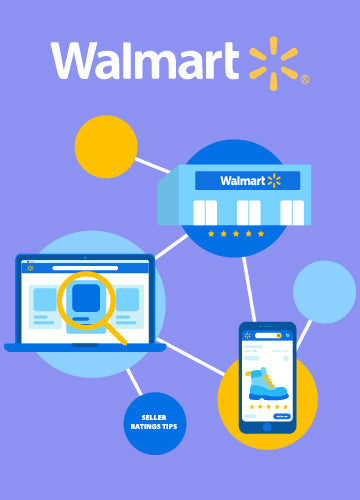In today's competitive business landscape, customer referral programs have emerged as powerful tools for acquiring new customers and enhancing brand loyalty. A well-executed referral program not only taps into the existing customer base but also leverages their networks to drive organic growth. At [Your Company Name], we understand the significance of customer referrals and how they can fuel business expansion.
Understanding the Benefits of a Customer Referral Program
Increased Customer Acquisition
Launching a customer referral program can significantly boost customer acquisition efforts. By incentivizing existing customers to refer their friends and colleagues, businesses can expand their reach without substantial marketing expenditures. Studies have shown that referred customers have a higher lifetime value and lower acquisition costs compared to other channels.
Enhanced Brand Credibility and Trust
Referral programs inherently benefit from social proof. When customers recommend a product or service to their peers, it signals a high level of trust and satisfaction. Prospective customers are more likely to trust recommendations from people they know, leading to faster conversion rates and improved brand credibility.
Cost-Effective Marketing Strategy
Unlike traditional advertising campaigns, customer referral programs operate on a cost-per-acquisition (CPA) model, where businesses only pay for successful conversions. This makes referrals a cost-effective marketing strategy with measurable returns on investment (ROI). Moreover, the initial investment in setting up a referral program is minimal compared to ongoing marketing expenses.
Key Steps to Launching a Successful Customer Referral Program
Step 1: Define Your Referral Program Goals
Before launching a referral program, it's crucial to outline clear objectives. Determine whether the primary goal is to increase sales, expand market reach, or improve customer retention. By defining specific goals, businesses can tailor their program structure and incentives accordingly.
Step 2: Identify Your Target Audience
Understanding your target audience is essential for designing an effective customer referral program. Analyze customer demographics, behaviors, and preferences to create incentives that resonate with your audience. Consider factors such as customer lifetime value and social influence when segmenting your customer base.
Step 3: Design Compelling Incentives
The success of a customer referral program hinges on the attractiveness of its incentives. Offer rewards that motivate customers to participate, such as discounts, exclusive offers, or even monetary incentives. The incentive should provide tangible value to both the referrer and the referred customer, encouraging active participation.
Step 4: Create Seamless User Experience
A user-friendly experience is critical for encouraging participation in your referral program. Implement easy-to-navigate referral processes, integrate referral options into your existing platforms (website, mobile app, etc.), and provide clear instructions on how customers can refer others. Simplifying the process increases engagement and conversion rates.
Step 5: Promote Your Referral Program
Effective promotion is key to maximizing the reach and impact of your customer referral program. Utilize multiple channels such as email marketing, social media, and in-app notifications to inform customers about the program. Highlight the benefits of participation and showcase successful referral stories to build momentum.
Step 6: Monitor and Optimize Performance
Continuously monitor the performance of your referral program using analytics tools. Track key metrics such as referral conversion rates, ROI, and customer engagement levels. Use data-driven insights to identify areas for improvement and optimize your program over time. Experiment with different incentives, messaging strategies, and referral channels to maximize effectiveness.


